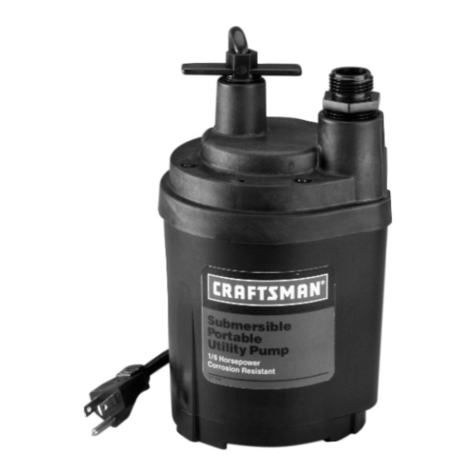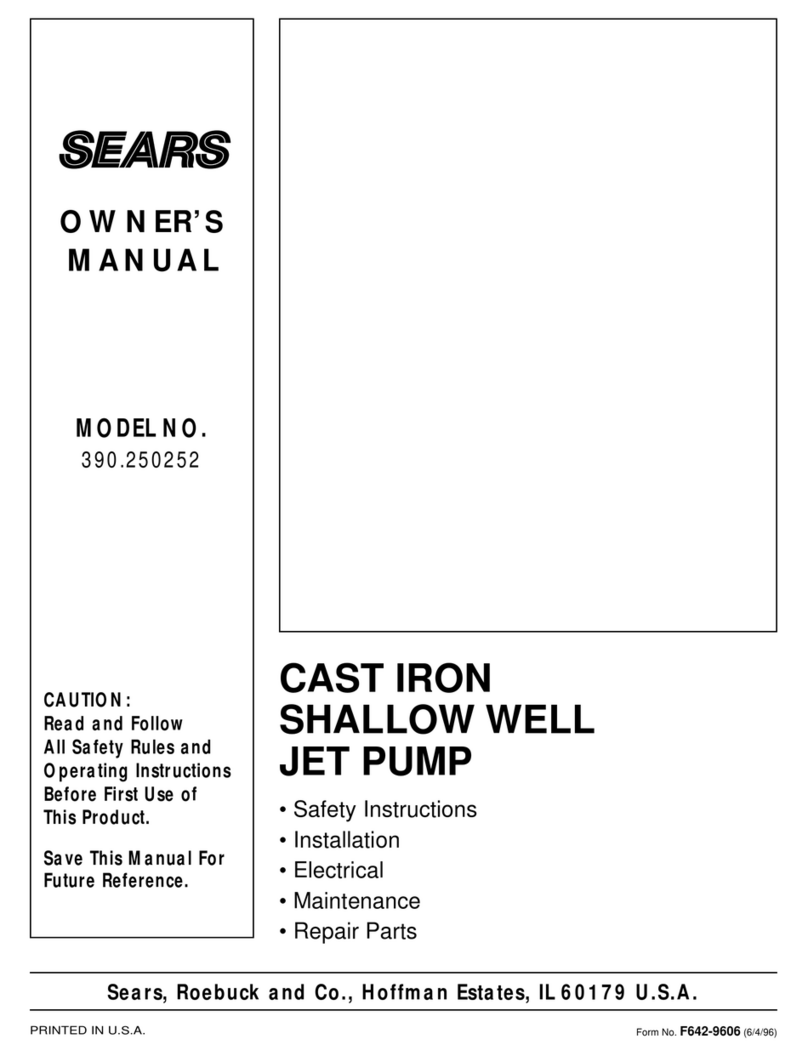Sears CRAFTSMAN 390.306061 User manual
Other Sears Water Pump manuals
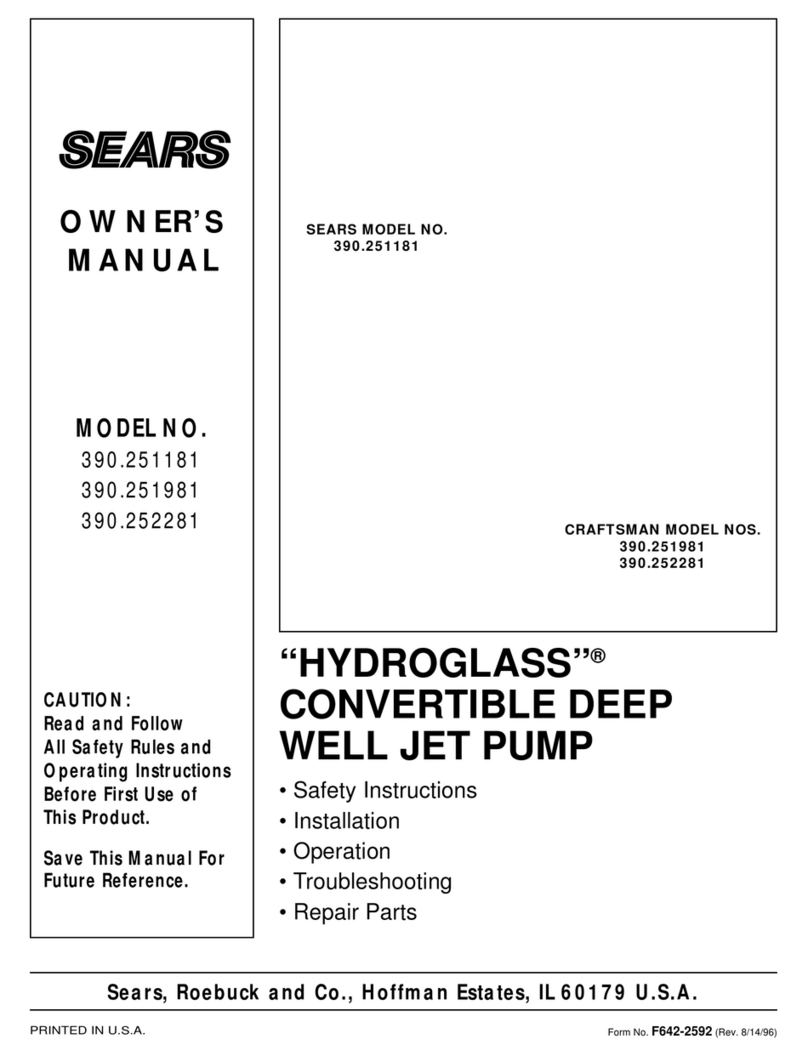
Sears
Sears CRAFTSMAN HYDROGLASS 390.251981 User manual
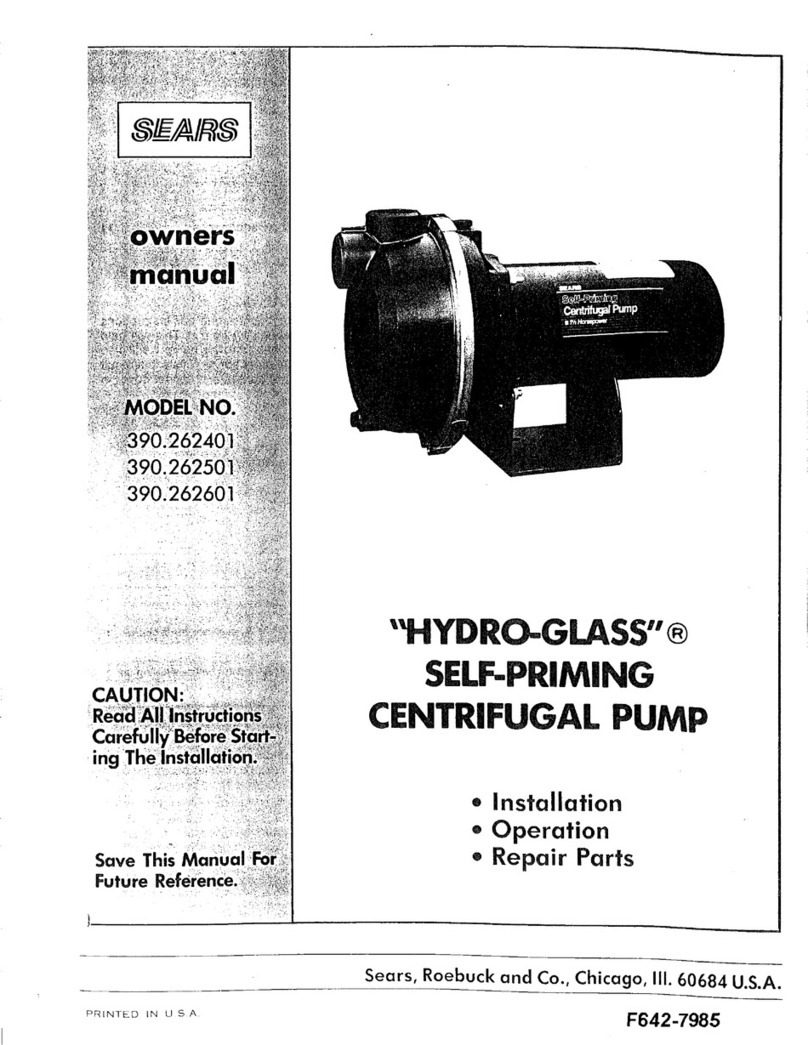
Sears
Sears HYDRO-GLASS 390.262501 User manual

Sears
Sears CRAFTSMAN 390.251482 User manual
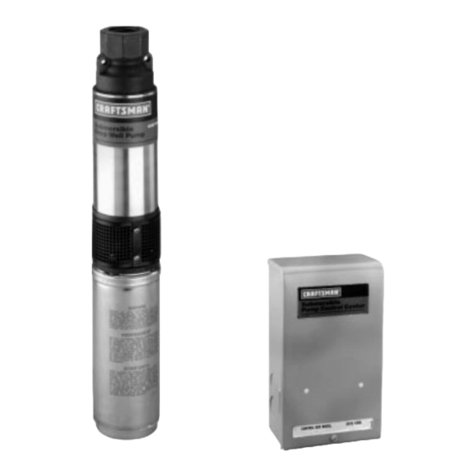
Sears
Sears Craftsman 390.284021 User manual
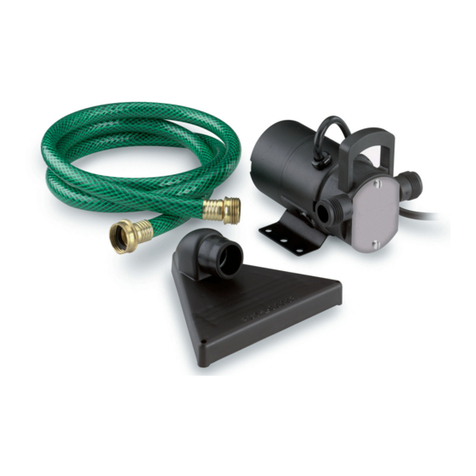
Sears
Sears CRAFTSMAN 390.269152 User manual
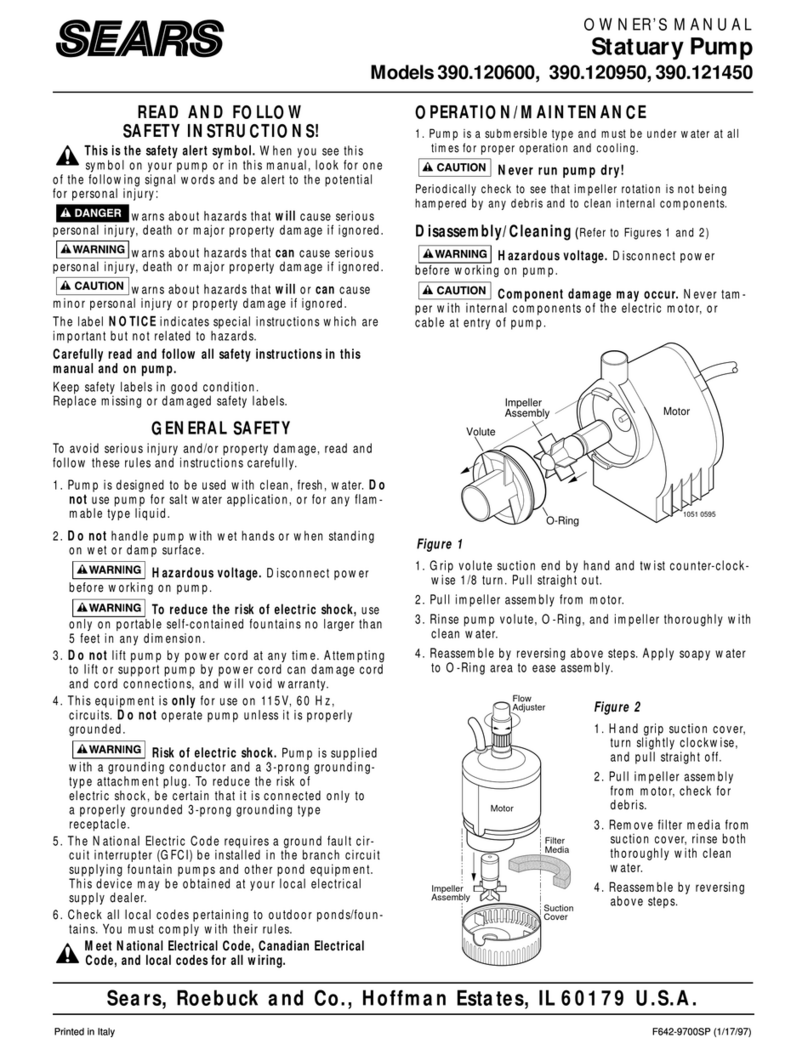
Sears
Sears 390.120600 User manual

Sears
Sears 390.253250 User manual

Sears
Sears 390.269150 User manual

Sears
Sears CRAFTMAN PROFESSIONAL HYDROGLASS 390.2519 User manual

Sears
Sears CRAFTSMAN 390.253251 User manual
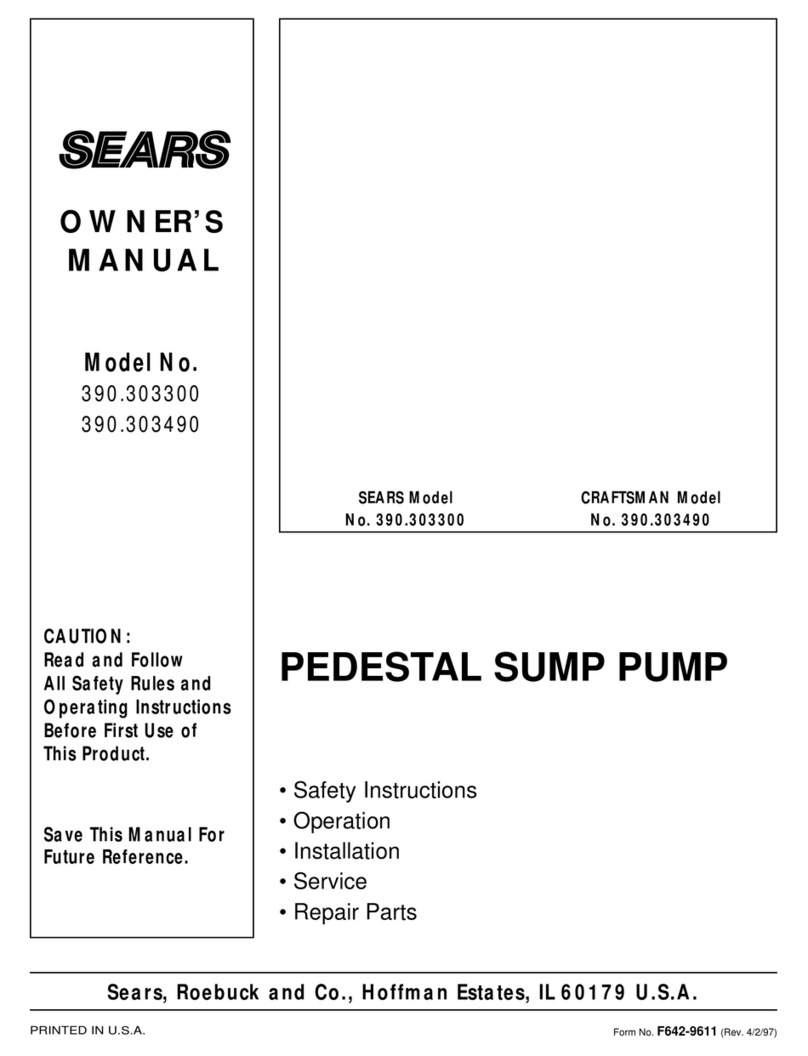
Sears
Sears 390.303300 User manual
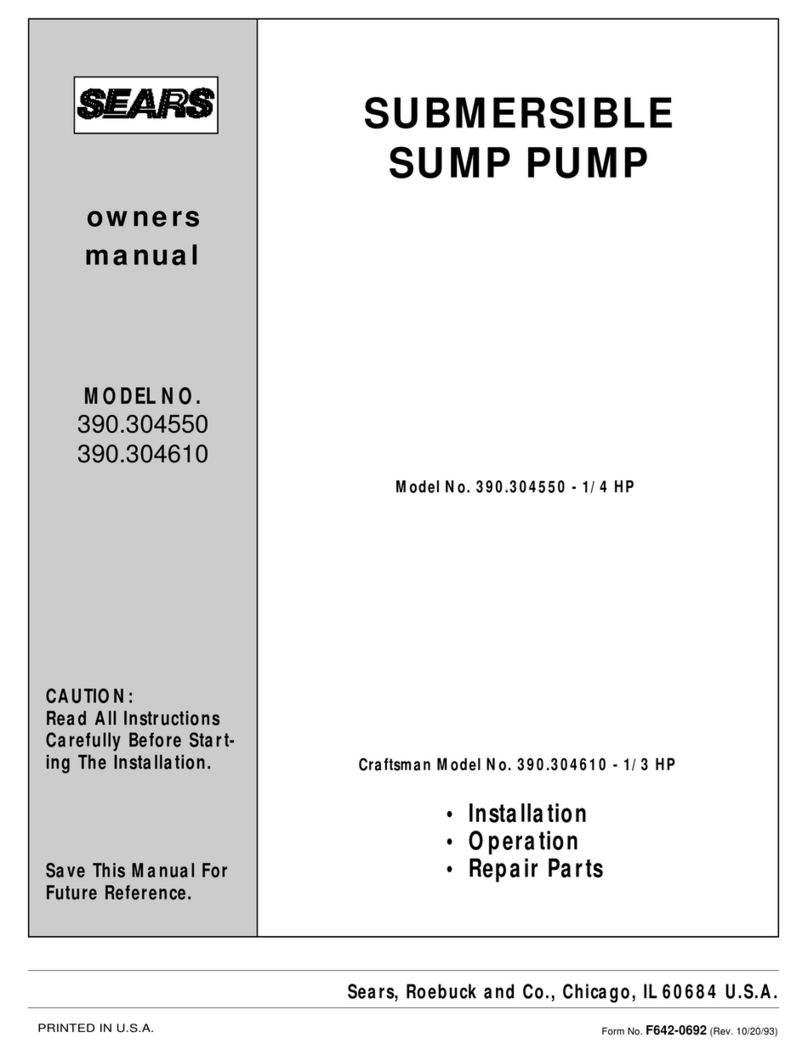
Sears
Sears 390.304550 User manual

Sears
Sears Craftsman 390.2655 User manual
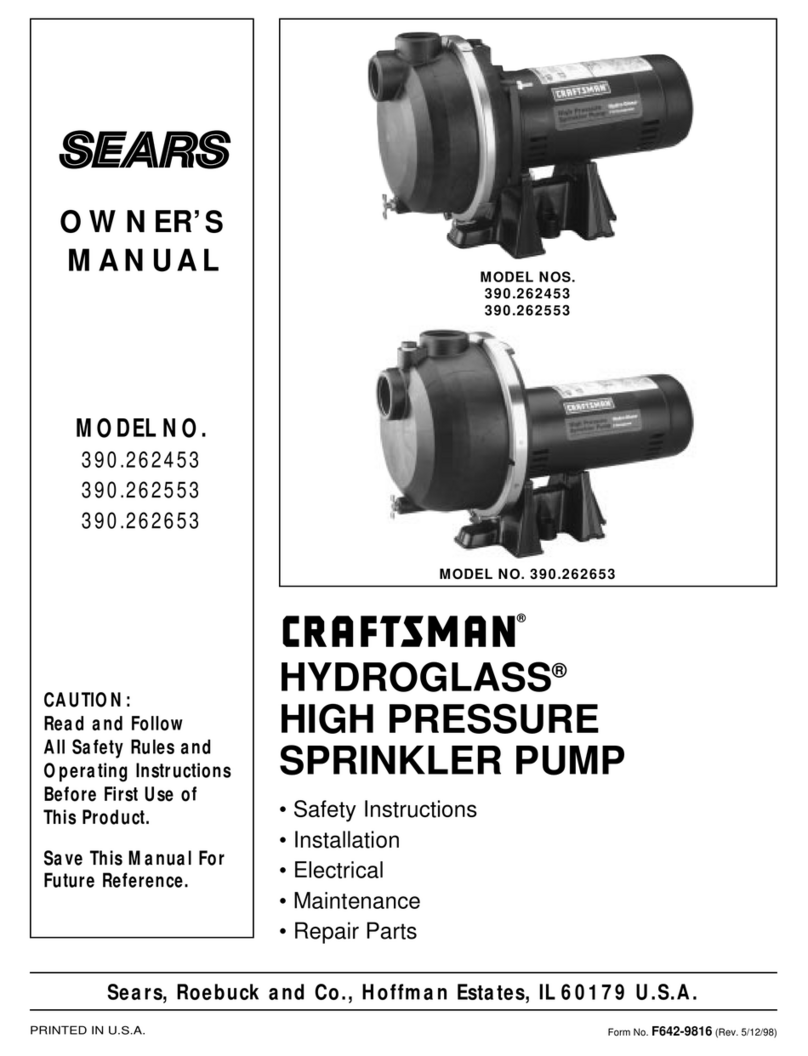
Sears
Sears CRAFTSMAN 390.262453 User manual

Sears
Sears CRAFTSMAN 390.260292 User manual

Sears
Sears CRAFTSMAN 390.2532 User manual
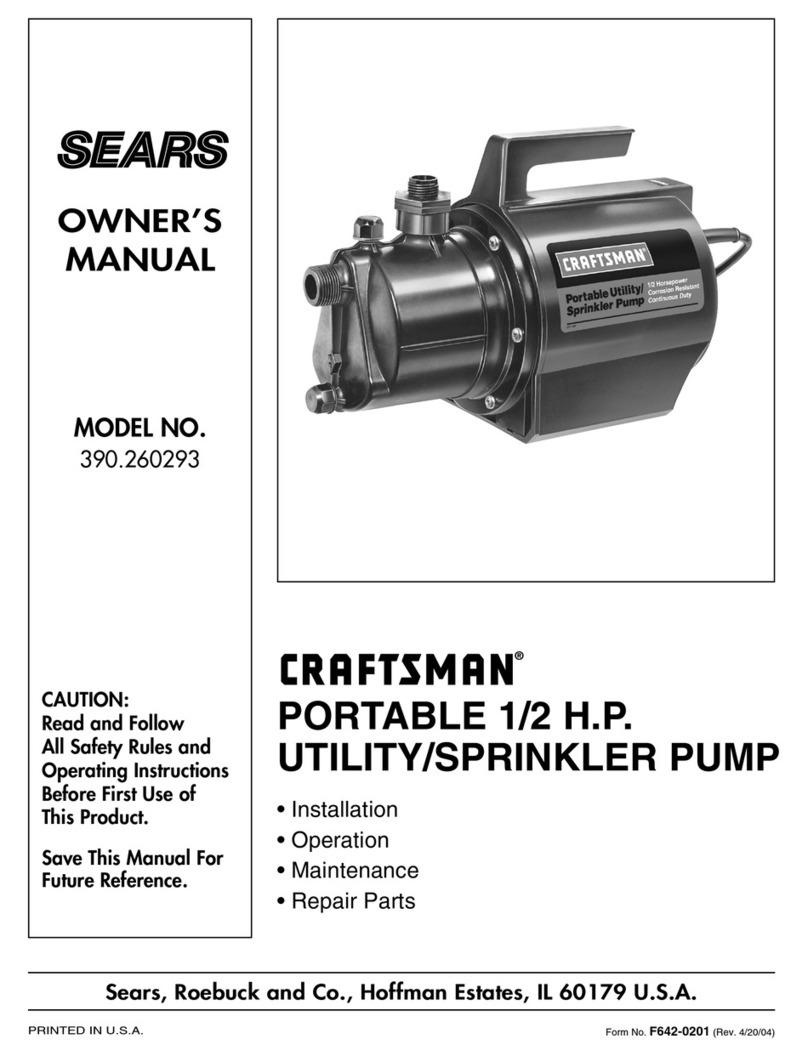
Sears
Sears CRAFTSMAN 390.260293 User manual
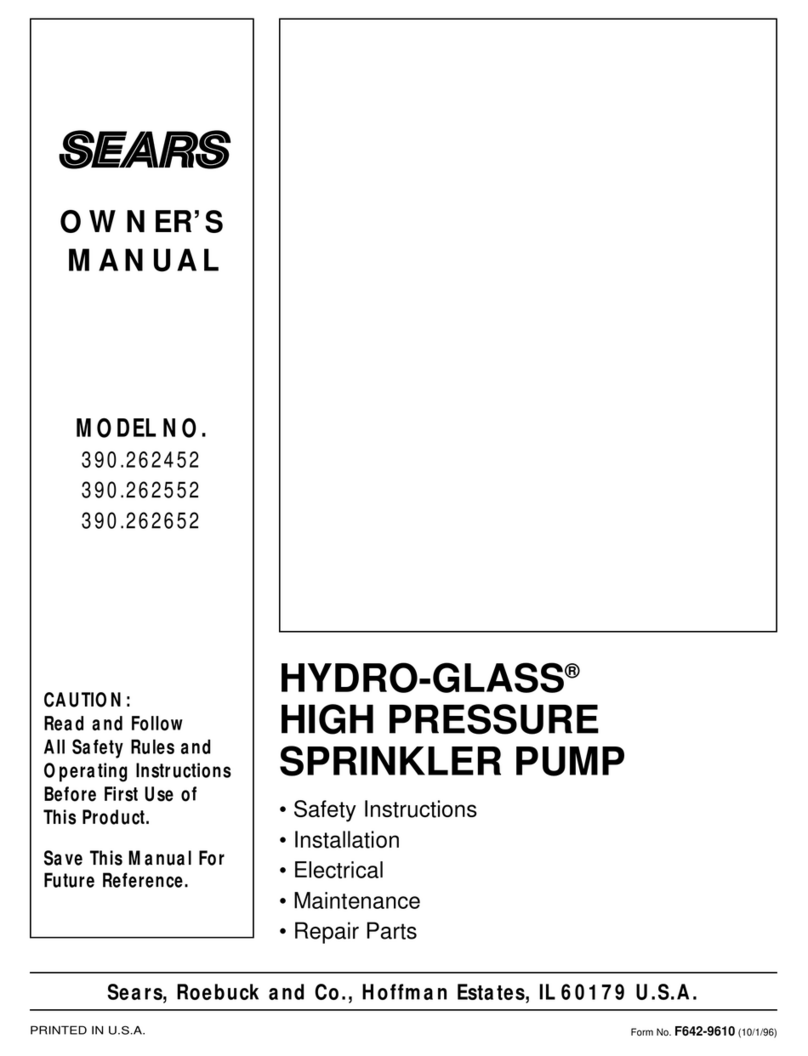
Sears
Sears HYDRO-GLASS 390.262452 User manual
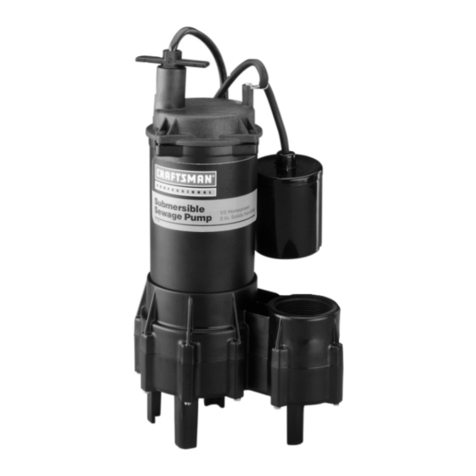
Sears
Sears Craftsman 390.304051 User manual

Sears
Sears CRAFTSMAN 390.304050 User manual
Popular Water Pump manuals by other brands

Watershed Innovations
Watershed Innovations HYDRAPUMP SMART FLEX Instructional manual

Graco
Graco Modu-Flo AL-5M instructions

Messner
Messner MultiSystem MPF 3000 operating instructions

Xylem
Xylem Bell & Gossett WEHT0311M Installation, operation and maintenance instructions

WilTec
WilTec 50739 Operation manual

Franklin Electric
Franklin Electric Little Giant 555702 HRK-360S instruction sheet

Ingersoll-Rand
Ingersoll-Rand PD02P Series Operator's manual

VS
VS ZJ Series Operating instruction

Flotec
Flotec FPZS50RP owner's manual

SKF
SKF Lincoln FlowMaster II User and maintenance instructions

Xylem
Xylem Lowara LSB Series Installation, operation and maintenance instructions

Water
Water Duro Pumps DCJ500 Operating & installation instructions

Action
Action P490 Operating instructions & parts manual

Flo King
Flo King Permacore Reusable Carbon Bag Disassembly. & Cleaning Instructions

ARO
ARO ARO PD15P-X Operator's manual

Pumptec
Pumptec 112V Series Operating instructions and parts manual

Virax
Virax 262070 user manual

Neptun
Neptun NPHW 5500 operating instructions
